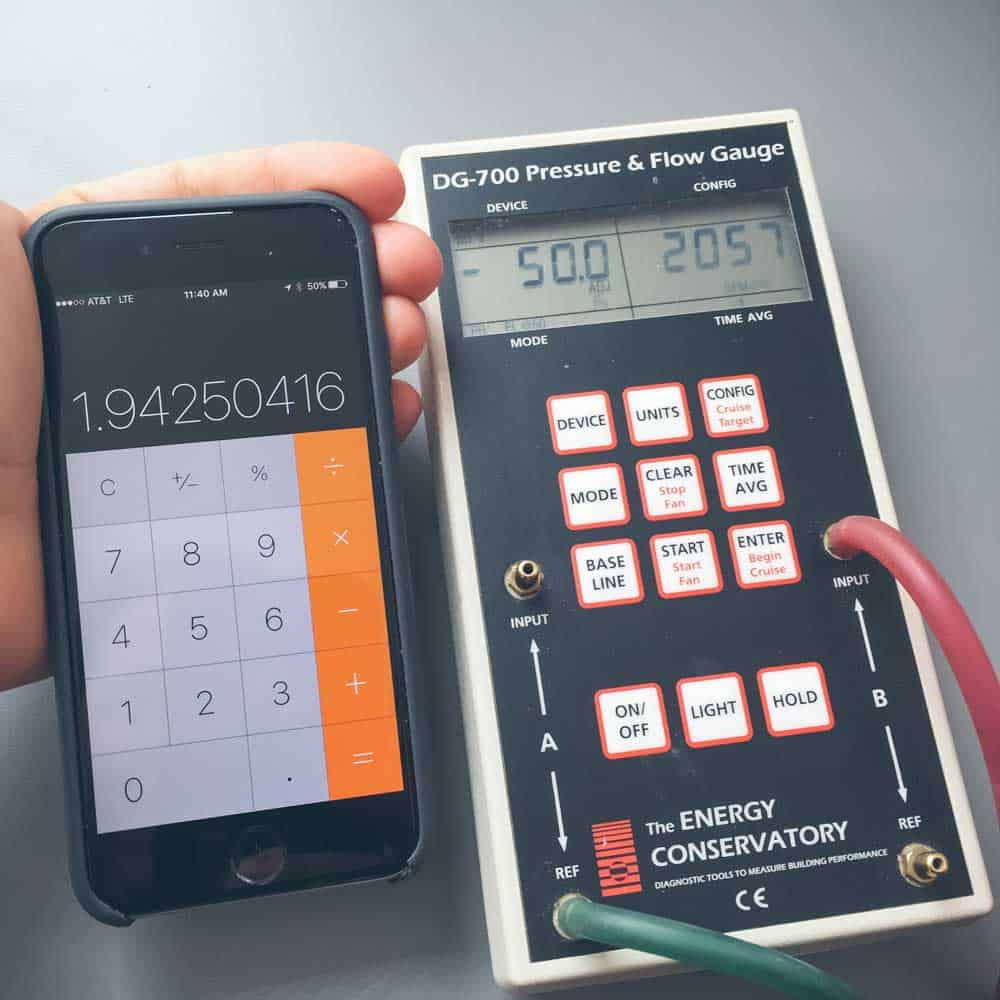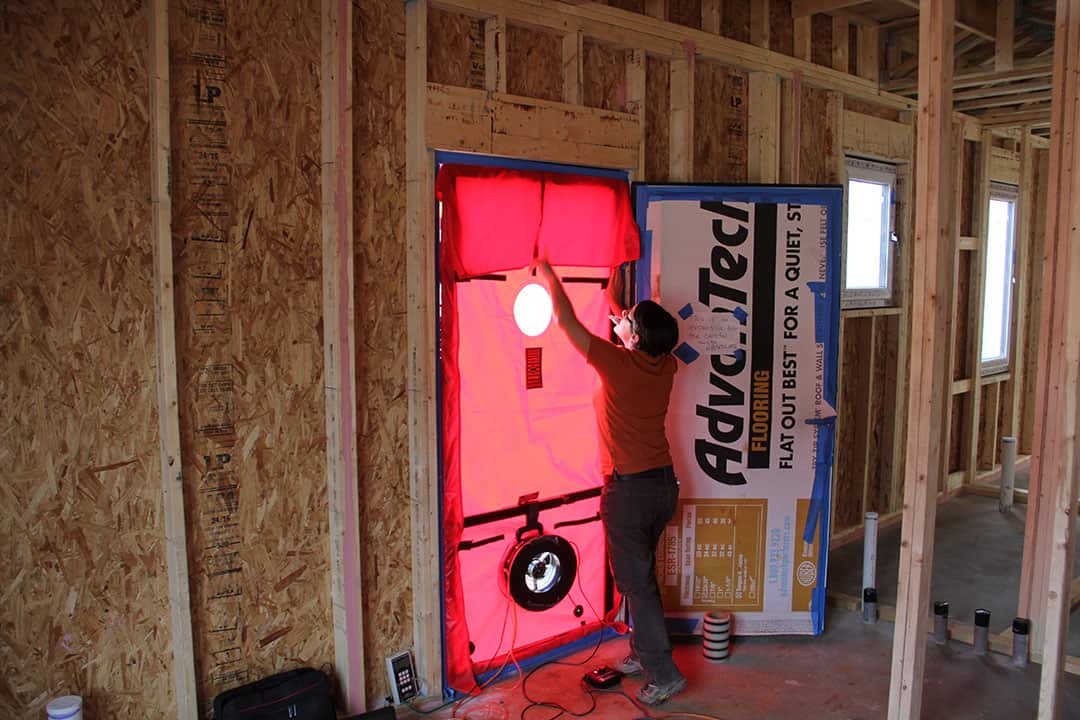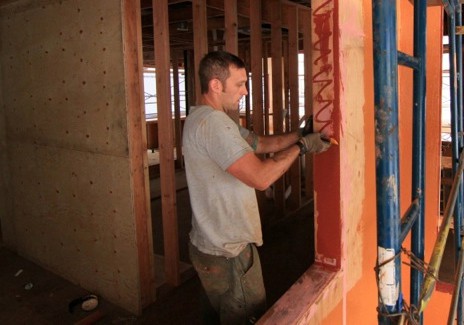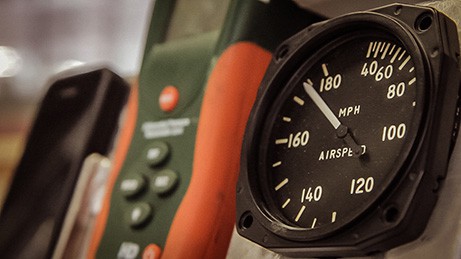By Sean Harris, Positive Energy
 You only get one chance to put together your building envelope correctly. Once you conceal it with siding and shielding, it’s nearly impossible to fix. So, by not focusing on this crucial aspect of the building process, you’re ultimately creating a path to a leaky home, which can lead to poor indoor air quality (IAQ), which can lead to moisture deposits on cold surfaces, which can lead to mold, which, again, can result in poor indoor air quality and even health effects to residents.
You only get one chance to put together your building envelope correctly. Once you conceal it with siding and shielding, it’s nearly impossible to fix. So, by not focusing on this crucial aspect of the building process, you’re ultimately creating a path to a leaky home, which can lead to poor indoor air quality (IAQ), which can lead to moisture deposits on cold surfaces, which can lead to mold, which, again, can result in poor indoor air quality and even health effects to residents.
Exterior building enclosure leakage impacts our health and well-being. Gaps and cracks in the air barrier and surrounding connections of a home or building can cause several issues. These gaps aren't just a place for bugs, dust, and pollen to get in. They allow cold or warm air, moisture, and contaminants to enter as well. Depending on the climate you live in, this leakage can have detrimental effects. In humid climates, high amounts of envelope leakage can cause excessive amounts of moisture to infiltrate the home, making it uncomfortably sticky and more susceptible to IAQ issues such as mold. In drier climates, the opposite is true, dry air comes in during the winter months and makes for an uncomfortably dry environment that can cause dry sinuses, static electricity, and even increase the spread of viruses. These leaks also impact energy usage, as the air that is heated or cooled escapes the building more quickly, increasing air conditioner or heater runtimes.
And that is why a blower door test is so critical to your process, whether you are building residential, multifamily, commercial, new construction or restoration/retrofits. Professionals across the industry have long been aware of the need for better duct sealing, enclosure sealing, and improved indoor air quality. This test determines if it has happened on a project.

The blower door test
A blower door test is used on buildings in order to quantify the amount of air leakage through its enclosure. During this test, a calibrated fan is installed in an otherwise sealed door or window, while all the other openings to the exterior are closed. When the fan is turned on, it creates a pressure difference between the outside and the inside. Typically done under negative pressure, the fan sucks the air out of the home, causing it to come in through whatever pathways it can find — many of which are unintentional.
These unintentional leaks are what professionals measure when they conduct these tests. While the pressure inside is steady, the air going through the fan is the sum of all the leaks in the building. Because the fan is calibrated, its airflow at various pressures is known. If we keep the pressure differential constant, then we know that the volume of air moving through the fan is the same as the volume of air that is leaking through the cracks and gaps in the building. This can be likened to adding water to a leaky bucket. If you know the rate that you’re putting water in and keep the level in the bucket constant, then you know how quickly water is leaking out.
These tests define the indoor space by separating it from the outdoors and quantifying leakage. Remember: you can't improve what you can't measure. Enclosure testing is more than just getting a number, though. Once you locate where the leakage is coming from, recommendations can be made to address those areas. The air coming in through a window that isn't closed properly is much different than air coming in through a poorly sealed attic filled with old fiberglass insulation. The airflow through the leaky window isn’t going to pick up pollutants or potentially cause materials to become wet in the way that an air leak through the attic might.
People who care about health, comfort and/or efficiency should consider testing their home to see how it measures and locate aspects that can be improved. In most of the United States, blower door testing is a relatively new construction code requirement. While many builders get blower door tests done on their builds, not as many stick around and watch the process. For builders, watching the process can help improve their processes for their next build.
Aside from code compliance or indoor air quality concerns, another reason to get a blower door test is to properly size your furnace or air conditioner. Imagine you have a boat and the boat has some holes in it, and it starts sinking. How big of a bilge pump do you need to stop the water from coming in and sinking the boat? That would depend on how many leaks you have in the boat. How leaky or tight your home is can change how much heating/humidification or cooling/dehumidification you need. This then ties into how carefully your mechanical system is designed. If in doubt, ask your designer whether and how they use air leakage metrics in their load calculations.

Measuring the leakage
Envelope leakage is measured in terms of the volume of air per unit of time. Specifically, in the U.S., we use CFM (cubic feet of air per minute). From that number, we calculate a standard metric called ACH50 (air changes per hour at the standard test pressure of 50 pascals). ACH50 indicates how many times the volume of air that is inside the building changes with the outside air under test conditions, which correlate to air leakage under normal or “natural” conditions. This ACH50 number is the main way we compare leakage across different homes, but there are other ways as well, like CFM per square foot of floor area and CFM per square foot of building envelope.
How and when to get a blower door test
Blower door testing is often done near the end of the building process of a new construction home, when the paint is done, final doors and windows are in place, and the weather stripping is installed.
This is a great time to find out your final numbers, but as we mentioned earlier, not such a great time to try and fix any issues that might be wrong. Doing leakage testing at different stages of construction can help diagnose issues and fix them while the primary air barrier is still accessible. The caveat to this early testing is that you must seal up any window or door opening that might not be filled yet, otherwise you won't be able to pressurize the building enough to look for the leaks.
You can find someone to conduct blower door testing by looking for a testing company using keywords such as: energy code testing, HERS Rater, or energy auditor. Ideally, you'll find someone who is RESNET- or BPI-certified, which means they should have the right equipment and experience to help you not only get a leakage number, but also identify where the leakage is coming from.
Builders can and should get their own testing equipment, but it is a large investment. In the long run, builders can save money, especially if they are having trouble passing their code tests, as this could cut down on retest fees. They can use it as a diagnostic tool to make sure their subcontractors have done things correctly. Another added benefit is being able to test things for yourself and gain knowledge customized to your own jobs. For example, how leaky is one window package versus another?
Sean Harris of Positive Energy even suggests making your own equipment for a fraction of the cost with a box fan or two, and some ISO board to seal up the rest of the door. You won't get any actual leakage numbers, but it can go a long way in helping find some of the leaks. When you are pulling air in through the leaks by blowing the air out of the house, you can usually feel where the air is coming in. Depending on the temperature difference, you might also be able to see it with an infrared (IR) camera. Another great tool to use is a theatrical fogger to help make the air and air movement visible. For homeowners in pre-existing homes, however, I discourage doing this do-it-yourself testing without proper training. There are a few safety issues, mainly back-drafting gas appliances, which could be hazardous.
Achieving an energy-efficient building envelope
The amount of energy you can save by air-sealing your home depends on many factors: what climate zone you live in, how warm or cold you keep it inside the home, the amount of wind your home might see, etc. The International Energy Conservation Code (IECC) once required building envelope leakage of 7 ACH50 in 2009, but now 2018 code requires 3 and 5 ACH50 in most of the country. This downward trend in leakage requirements indicates building codes will continue to get more stringent over time as builders get used to the standards, and as products and technologies improve. Achieving an ACH50 of 3-5 is more than doable. These days, Passive House projects are required to achieve 0.6 ACH50. All of this is done to save energy on a large scale.
When it comes to ensuring your building envelope is sealed tight, there are sealants on the market that can make it happen, and no, they’re not all created equal. For example, PROSOCO’s fluid-applied products are independently tested, code recognized and have an extensive track record providing years of success as opposed to other similar products. The company’s R-Guard fluid-applied silyl-terminated polymer (STPE) system creates a monolithic barrier that keeps air and water out, but is also permeable to allow buildings to breathe. The combination promotes sustaining performance even during building movement and changing climate conditions. Products like PROSOCO’s FastFlash and AirDam, because they are fluid-applied, make flashing and sealing around windows and doors (where many of the leaks happen) much easier than traditional sheet type methods. Windows and doors installed with this system ensure that blower door test success is achieved faster.
![]()

Sean Harris has been a building science consultant and home performance tester for Positive Energy, a building Science firm out of Austin, Texas, for the past 10 years. He also owns his own company: Indoor Air Quality of Texas, which offers duct sealing with Aeroseal, Building Envelope sealing with Aerobarrier, and consulting on ways to optimize indoor air quality.
Sean holds a business administration degree from Texas State, is RESNET and BPI certified, and also has his HVAC license.





